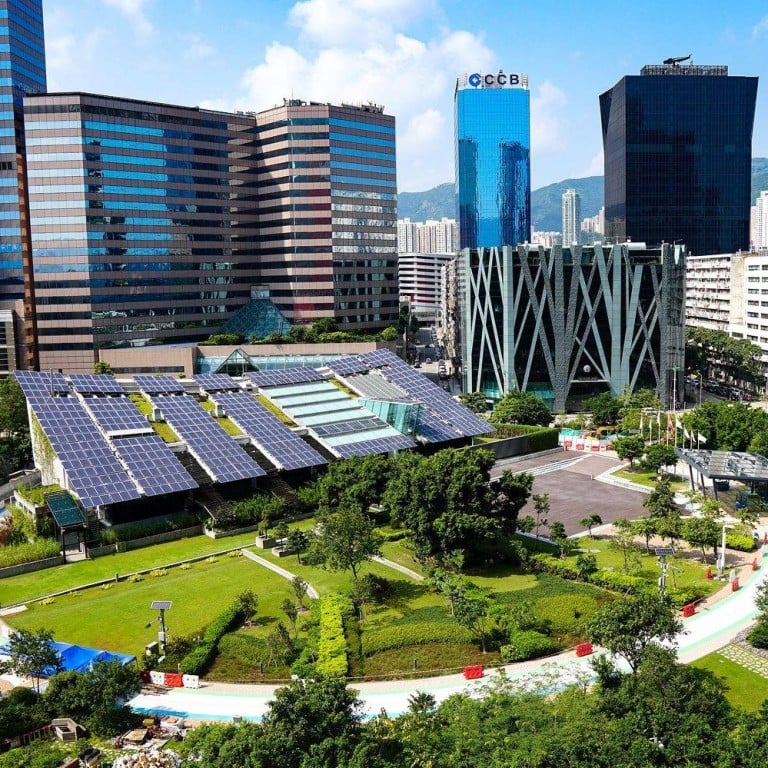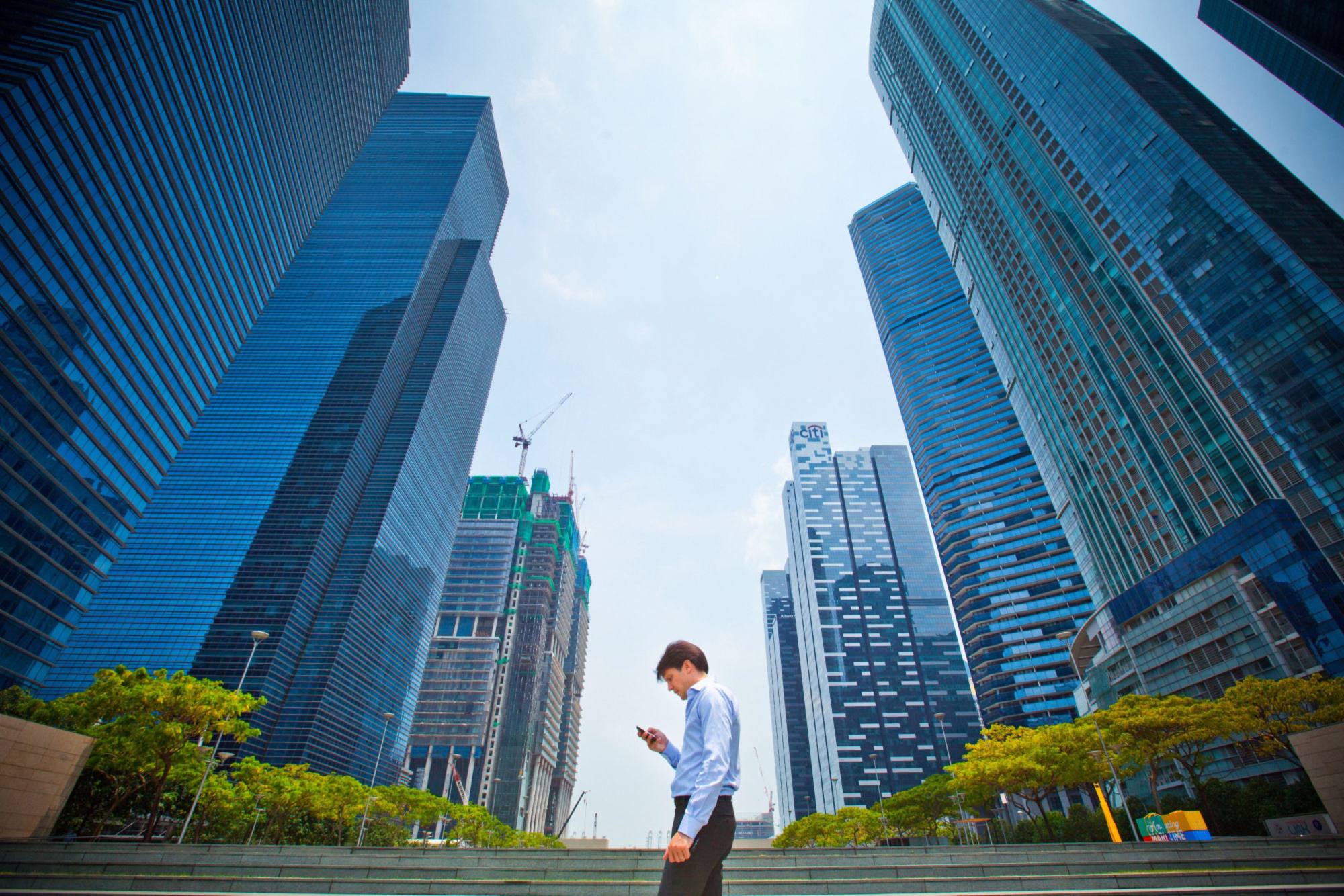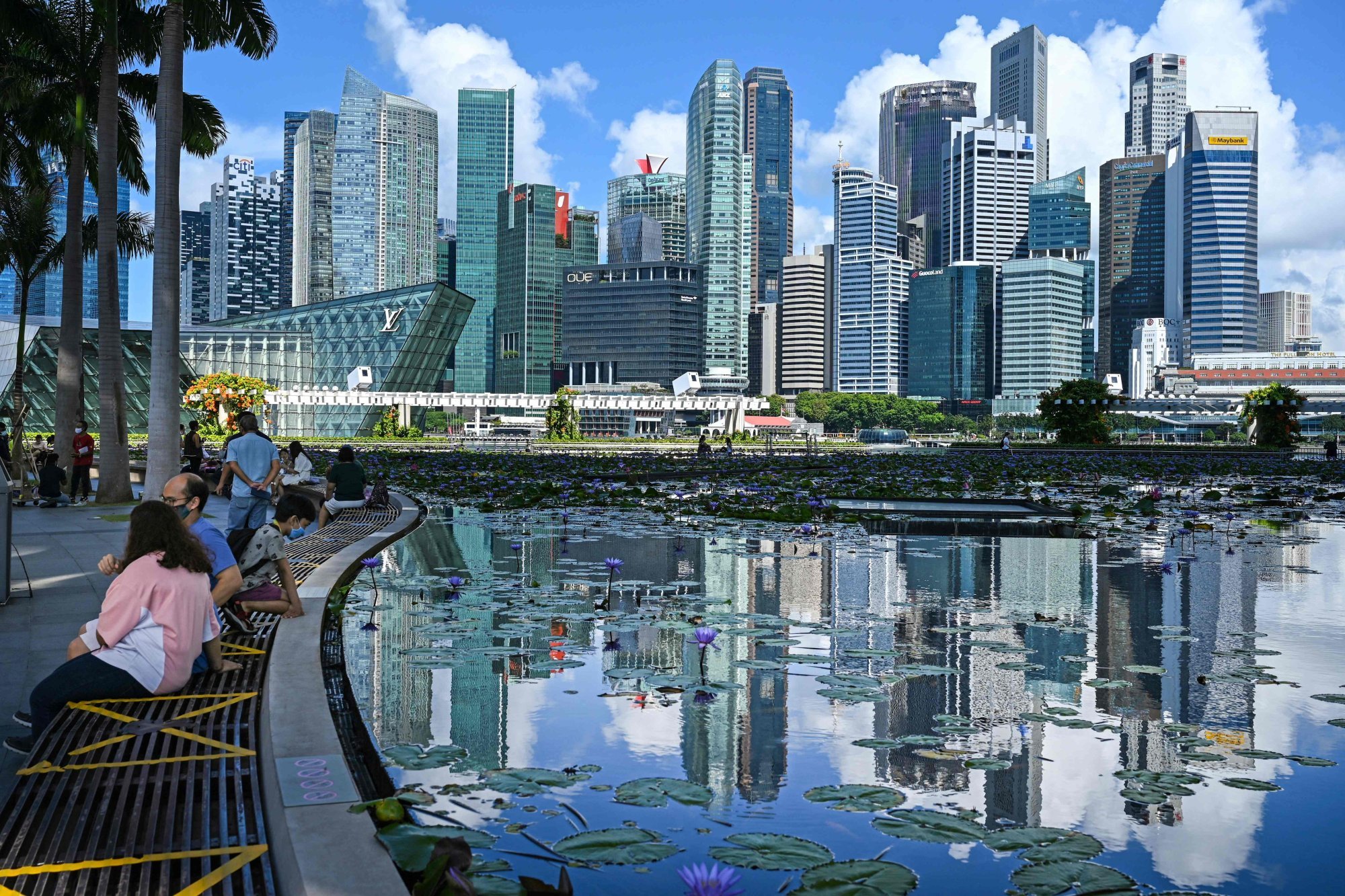
How the Singapore Green Plan 2030 is shaping Asia’s most sustainable city: retrofitting old buildings, super low energy new developments plus a US$32 million investment in new tech
- Singapore may be the second-most densely populated country in the world, but it was also just ranked the most sustainable city in Asia-Pacific in Knight Frank’s new study
- In the global Arcadis Sustainable Cities Index, Singapore ranks 35th in the world and 4th in Asia-Pacific after Tokyo, Seoul and Sydney, showing progressive government initiatives are paying off
Singapore is the second-most densely populated country in the world, but also ranks among the top cities in Asia-Pacific in terms of sustainability, due largely to the government’s initiatives of recent years.
The focus on sustainability has also become a differentiating factor in the real estate market. For property owners and investors, this is expected to enhance the return on their properties in the future.
In the Arcadis Sustainable Cities Index, Singapore ranks 35th in the world and 4th in Asia-Pacific after Tokyo, Seoul and Sydney; and in the “people pillar” (a measure of personal well-being, working life and urban living), it ranks 5th globally after Glasgow, Zurich, Copenhagen and Seoul.
Singapore also tops the ranking in Knight Frank’s APAC Sustainably Led Cities Index (SLCI) published in July, ahead of Sydney, Wellington, Perth and Melbourne. The index consists of three components: Climate and Carbon (which measures the change in per-person carbon use over time); Green Score (which includes initiatives reducing climate change, the amount of green space, and the number of green-rated commercial buildings), and Urbanisation Pressures (which measures the degree of urbanisation and population growth).
Compared to other Asia-Pacific cities, Singapore stood out in the Climate and Carbon, and Green Score components.
In the former, its resilience came from factors such as the percentage of GDP at risk from natural and climate disasters, and change in extreme weather events; meanwhile its Green Score performed well in terms of the total number of green buildings, average greenness in the built-up area and percentage of population living in the green area.

The remarkable progress the city state has made in sustainability in recent years has been driven by the government’s green initiatives and efforts. In February 2021, the government unveiled the ambitious Singapore Green Plan 2030, a whole-nation movement to advance the country’s national agenda on sustainable development. The plan charts ambitious and concrete targets over the next 10 years, strengthening the country’s commitments under the UN’s 2030 Agenda for Sustainable Development and Paris Agreement, and positioning the island state to reach its long-term net-zero emissions goals.
As part of the Singapore Green Plan 2030, the Building and Construction Authority (BCA) launched the Singapore Green Building Masterplan (SGBMP) in March 2021 with three main targets known as “80-80-80 in 2030”.
The first target is to green 80 per cent of buildings (by gross floor area) by 2030. To help building owners undertake retrofits to raise the sustainability standards of their buildings and contribute towards the target, BCA launched the S$63 million (US$45.6 million) Green Mark Incentive Scheme for Existing Buildings (GMIS-EB) 2.0 in the second quarter of this year.
The second target is for 80 per cent of new developments to be super low energy (SLE) buildings from 2030. To encourage more new developments to achieve SLE standards, BCA has launched a scheme to offer bonuses for private sector developments on non-government land sales sites if they attain, among other requirements, Green Mark Platinum SLE certification.
The third target aims for best-in-class buildings to achieve at least 80 per cent improvement in energy efficiency over the 2005 baseline by 2030. Funding of S$45 million (US$32 million) has been earmarked for a programme to support the development, test-bedding and deployment of green technologies and solutions for such buildings.
As one of the greenest cities in the world, Singapore is well on its way to achieving the ambitious plans it has set out, argues Christine Li, head of research, Asia-Pacific, at Knight Frank, and the SGBMP shows that sustainability appears high on the agenda for the city’s policymakers and investors.
Li said multiple studies have shown that green spaces bring about a spectrum of benefits for cities and their inhabitants, and cities also benefit from this in terms of talent retainment, which in turn affects the pool of highly skilled workers in the city.
She said to incentivise developers to invest in sustainability, most government organisations in Asia-Pacific have in place various green certifications to reward a building if it meets their requirements, and there are also various reputable global certificates that developers can apply for with their buildings.
“These awards serve as a differentiating factor to buildings in the real estate market, allowing corporates to cultivate a positive image for themselves, and enhance returns on both the leasing rate and resale value of their buildings,” she added.

The trend for ESG (environmental, social and governance) and substantiality has been shaping the real estate market in Singapore, said Li.
“From an investor’s perspective, ESG is at the forefront of every investment decision given ESG-compliant real estate would mean greater access to funding opportunities such as green financing,” she added.
“From the tenant’s perspective, ESG is high on the priority list and we are observing more multinational companies reaching out to landlords to request for more ESG-related data such as water consumption and utilities.”
She added that some anchor tenants have also set global group-level targets for their real estate portfolio to obtain green certifications.
“Renewable energy use such as solar energy has also been a plus for many occupiers. Wellness and safety of the workspace have also been mentioned by tenants when they sign up for workspaces. These come under the social aspect of ESG,” said Li.
The importance of ESG in property investment is also highlighted in the “Asia-Pacific Investor Intentions Survey 2021” by CBRE Research Asia-Pacific. The study found that more large investors are integrating ESG criteria into their investments this year. They tend to prioritise the purchase of buildings with green certification, as well as retrofitting existing properties to enhance energy efficiency, water usage and wellness.
CBRE said Singapore’s focus on ESG would continue to encourage investors to include ESG criteria in asset enhancement initiatives, not only to comply with regulatory requirements and environmental protection regulations, but also to preserve future asset value and enhance brand image.
Particular focus will be given to buildings undergoing a major retrofit to meet BCA’s raised minimum energy performance requirements, and improving ventilation and indoor air quality to address concerns heightened by the pandemic.
In addition, property owners, especially in the office sector, will seek to enhance user experience through offering a wider range of rent-generating amenities such as areas for employees to relax and socialise.
CBRE said that with yields for traditional assets remaining tight, repositioning will be another popular asset enhancement initiative in 2022, with investors looking for opportunities to partner with experienced operators to repurpose existing properties to meet alternative uses.

